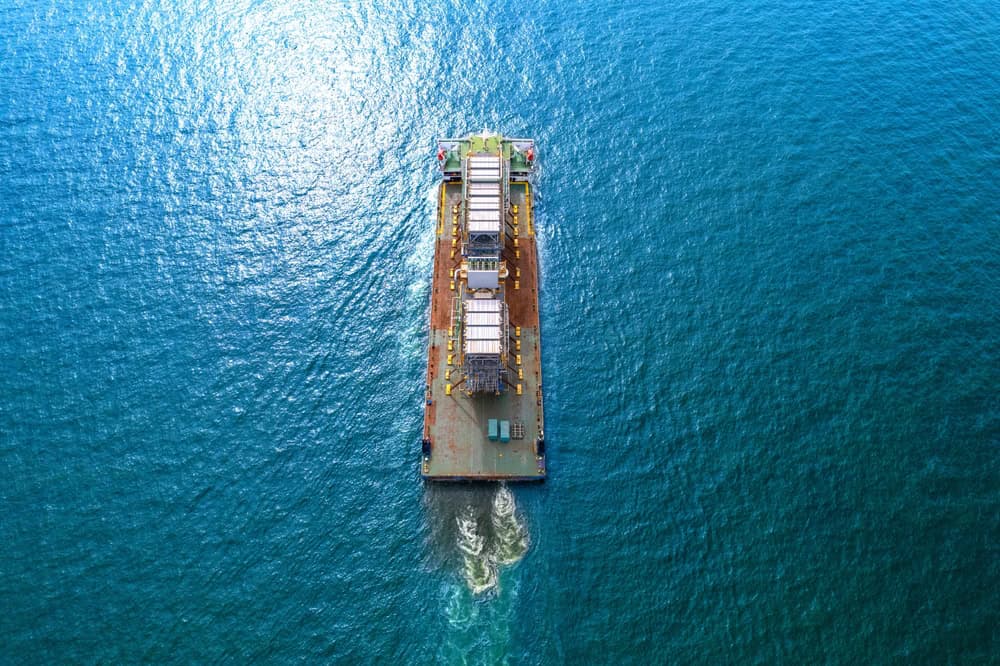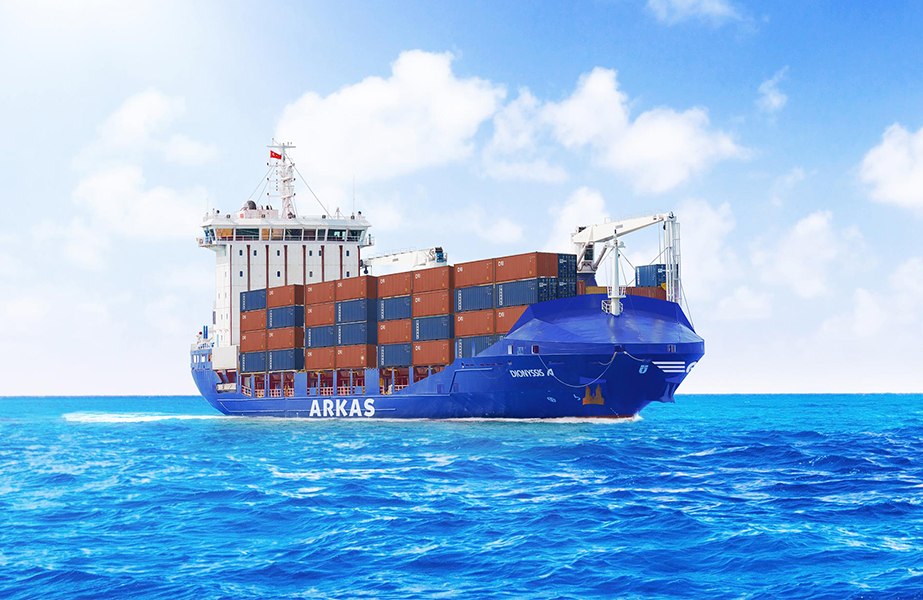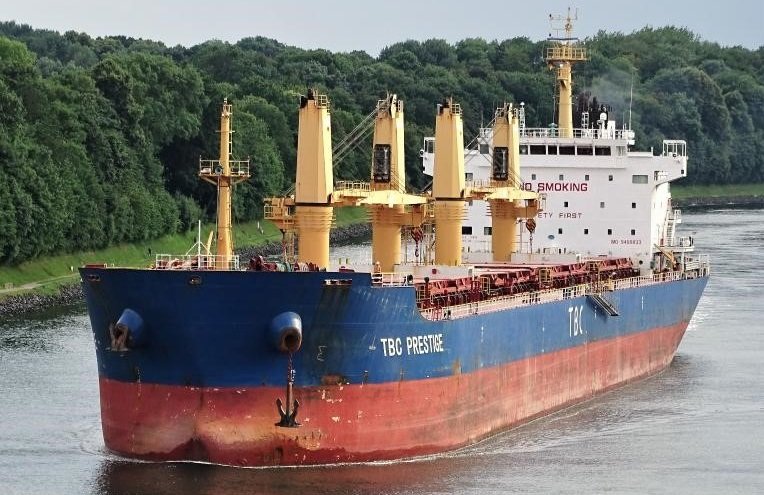A comprehensive independent investigation by Bloomberg into the 2020 sinking of the Gulf Livestock 1 has just been aired.
For the families of the seafarers lost, it’s been an ongoing saga of hope and sadness as some mounted their own search and rescue efforts and fought for more information on what went wrong.
The livestock carrier was sailing from New Zealand to China with 43 crew and approximately 6,000 dairy cattle onboard when it capsized in the East China Sea during Typhoon Maysak.
Around 8 p.m. on September 1, the Gulf Livestock 1’s engines failed. Two crew, Australian William Mainprize and New Zealander Scott Harris, communicated the danger to their families and friends on messaging apps, reports Bloomberg.
“At least two decks completely washed out,” Harris texted.
Mainprize texted a friend: “Engine control room is taking on water,” he wrote. “Engine is off and we are floating sideways in huge sea.”
40 crew members remain missing after the capsize.
The families who spoke to Bloomberg in the video and article just published talk of their on-going suffering. Karen Adrian, Scotty Harris’s mother, said: “We don’t have a word in English to capture the deepness of grief at this level.”
The Australian veterinary organisation Vets Against Live Export (VALE) has responded to the Bloomberg reporting noting that the investigator found an email from the captain just before the vessel arrived in New Zealand asking what to do about the AMSA generator (mandatory for live export from Australia to ensure back up power) that was not working. “It’s no secret that the live export fleet is the one of the oldest and worst maintained shipping fleets in the world. Australia is lucky it has AMSA. There is no such luck for animals or crew trading out of other countries.”




